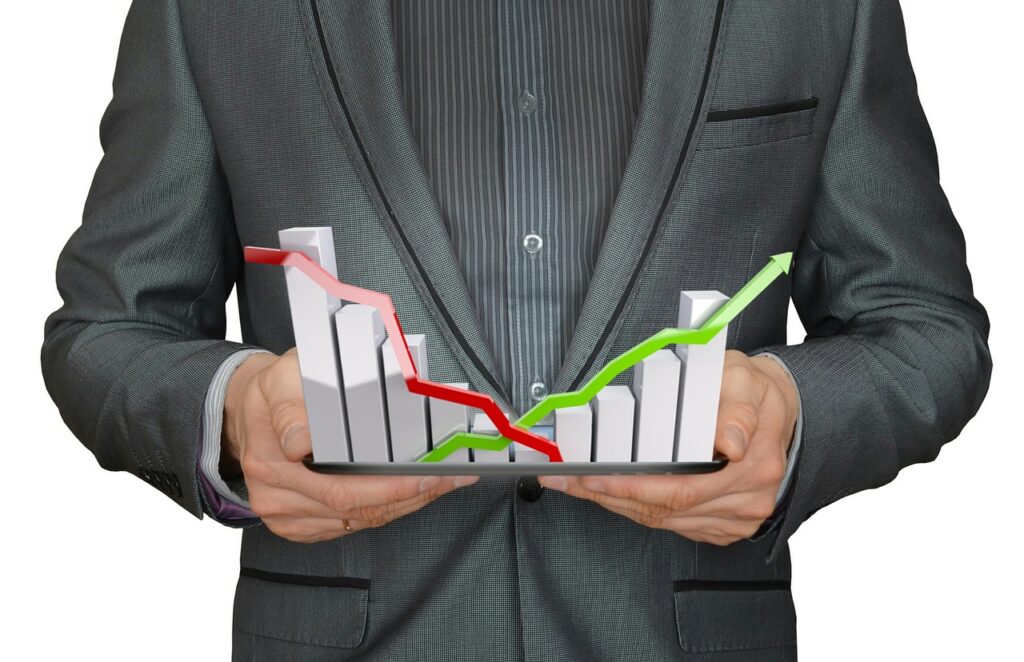The Federal Reserve Is Fighting Inflation, But It May Break The US Economy Beyond Repair
The Federal Reserve has hiked interest rates so high that bonds have begun to devalue at banks, putting many financial institutions in jeopardy and putting the US economy in a very precarious position.
This article is more than 2 years old

The last two years have been rife with speculation on whether the US economy was on the verge of plunging into a nationwide recession. We all watched the so-called experts jump on and off that boat more than a dozen times in each direction. As inflation rose the Federal Reserve hiked up the prime rate by a quarter or half a percent with each Confab meeting.
Then last week, from out of the blue, we saw the first tangible signs of an economic disaster; all we can do is brace ourselves for the impact. The Federal Reserve’s mission is to stem inflation before it outruns our middle-class citizens and that job just got a lot harder due to the failures of Silicon Valley Bank in California and Signature Bank in New York. Both banks were shut down by the FDIC because they had to step in and protect the depositors of the bank who were streaming into the bank’s branches to withdraw their funds.
The question the economic pundits were answering last week about how did this happen and are other banks also about to fail? For Silicon Valley Bank its failure was a direct result of the Federal Reserve’s rate hikes to slow down inflation.When the Fed decides to increase the rate that makes it more expensive for people to borrow money whether it’s a mortgage, car loan, or credit card.
When this happens the heavier price tag to borrow that money dissuades many people from applying to borrow money. This current trend has caused government-issued bonds to decrease in value, and that is exactly what Silicon Valley Bank had a large quantity of its money invested in. Once the bank concluded that its only hope was to liquidate those bonds to generate the cash flow needed to continue to operate.
The last time the country saw massive bank failures was the mortgage crisis of 2007 and one of the results from that were banks are expected to operate with more transparency and integrity. In step with those banking regulations, Silicon Valley Bank announced last week that it had to sell much of its bond holdings which resulted in a $1.8 billion loss for the bank. According to NPR, “the news spooked other Silicon Valley customers — and panicked depositors raced to pull their money out, sparking a classic run on the bank.”
As the patrons of the bank started hearing the news panic set in and they flooded the local branches demanding the balance in the deposit accounts that is when FDIC needed to step in to quell the scared and angry customers. The next Federal Reserve Confab meeting is scheduled for next week, and prior to both these bank failures, it had been widely reported that they were going to hike the Prime Rate by another quarter to half percent as inflation has slowed a tad but is still moving faster than the 2 percent benchmark they like to maintain.
One of the Federal Reserve’s other main functions is to ensure stability in the American banking system. They are now stuck between the proverbial rock and a hard place. If they decide to forego the planned rate hike, it will allow inflation to pick up momentum and get further out in front of the efforts to curb it. If they decide to go forward with the rate hike, will we see other banks wilt under the massive economic weight of their investment tools being devalued to the point of having to sell those assets at a massive loss?
The coming weeks and months will paint a clear picture of how the Federal Reserve handles this issue moving forward. We can only hope that they don’t wreck our entire economy but instead make the hard choices that will yield positive results and get America back on track.





